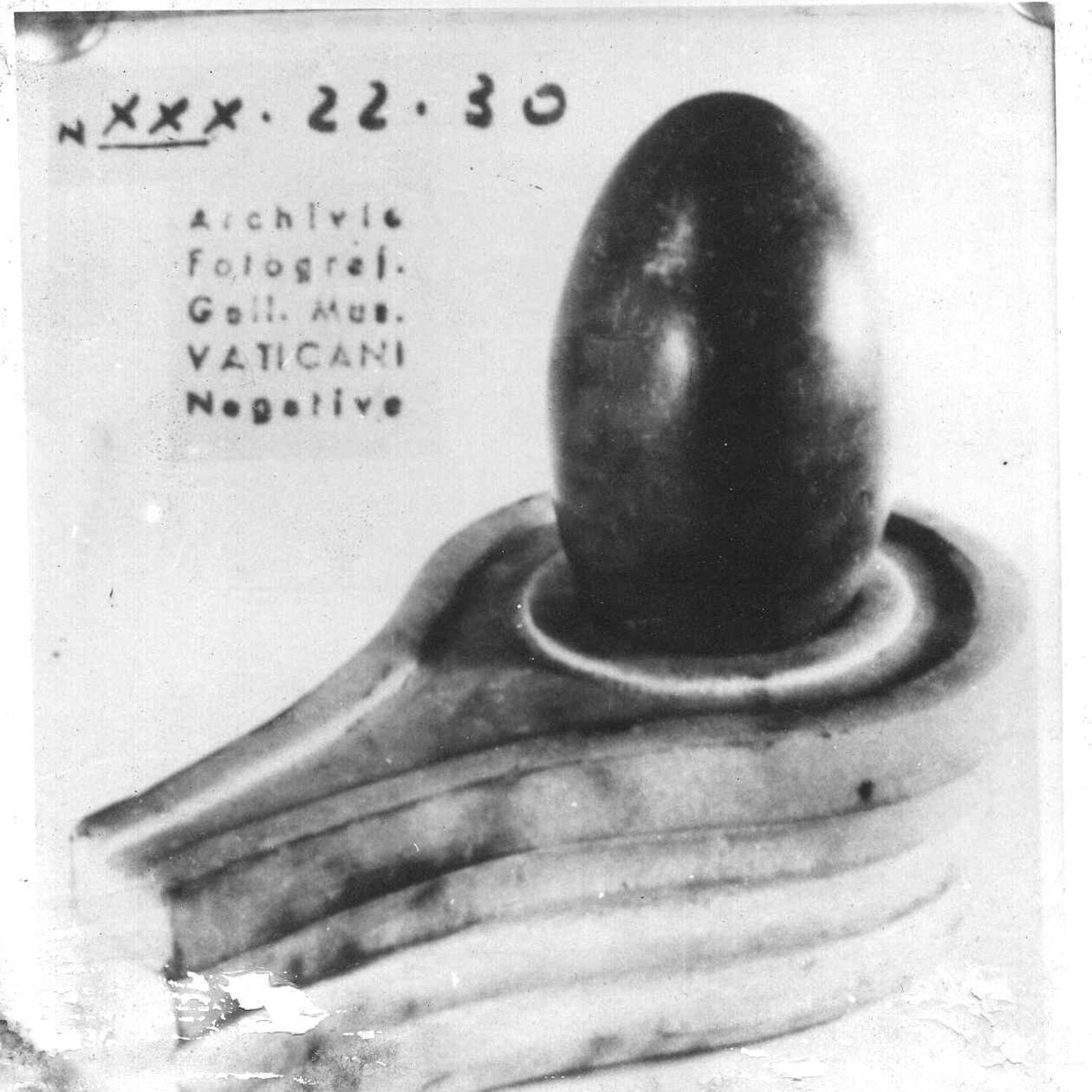Vatican Siva Temple? Vedic Roots of Christianity
- Author
- Venkata Ramanan
- Published
- Tue 22 Dec 2020
- Episode Link
- https://podcasters.spotify.com/pod/show/ramanispodcast/episodes/Vatican-Siva-Temple--Vedic-Roots-of-Christianity-eo46id
This is the Hindu deity Shiva. This piece I have posted articles that the Kaaba was a Shiva Temple and a Linga is still in there with authentic links.Sanatan Dhrma spread from the south of the Vindhyas twards the west of India,.
When Satyavata Manu , ancestor of Lord Rama left for Ayodhya ( in the north of the Vindhya,from the South (his son Ikshvaku fiunded a Kingdom ,Dynasty by the same name),Shiva and Ganesha left the Dravida Desa ( south) and traveled through the west, the first stop being what is nowknown as the Arbian Peninsula, which consists of Oman, Dubai and the other Emirates,Saudi Arabia, Iraq,Jordan,Lebanon,Turkey,Greece ,Italy before finally arriving in the Arctic.
They had the Rig Veda composed in the Arctic and returrned to India through Russia.
Please read my posts oon each of these places where the footprints of either Shiva/Ganesha are found
I came across some credible information worth postin g whaich states that the Vatican was built on
1.Pagan Tempe.
2.Shiva Temple.
Story:
Originally Posted by believenothing
St. Peter’s Basilica is built on a large pre-Roman and pagan cemetery which included an old temple with red walls. Very little is known about this excavation because it was done by the Catholic Church themselves. It was used to claim that Simon Peter’s bones are actually buried there.Actually, pretty much all of Christdom’s oldest churches are either retro-fitted temples, extensions of temples, or built on the foundation of old temples…
” During excavations many such “meteoric stones mounted on carved pedestals” are discovered in Italy. Obviously, therefore, this one was dug up from the Vatican itself. Many more must be lying buried in the Vatican’s massive walls and numerous cellars. Vatican is itself the Sanskrit word “Vatica” applied to Hindu cultural-cum-religious centers as in “Ashrama-Vatica” or “Dharma-Vatica” or “Ananda-Vatica.” Therefore, the Vatican was obviously a Hindu religious seat before its incumbent was forced to accept Christianity.
“The ancient Vedic custom of applying ash or sandalwood paste to the body is still retained by Christianity in the observance of Ash Wednesday. The so-called “All Soul’s Day” is an exact translation of the Vedic observance of Sarva Pitri Amavasya, the day fixed by tradition for the worship of all deceased ancestors
.Another Christian tradition derived from Vedic origins is that of having and ringing bells in the churches, especially before or during worship. In Vedic temples it is often seen where bells are rung during worship and when pilgrims enter the temple, announcing their entrance. Christian churches also ring bells to announce the beginning of worship.
The word “bell” comes from the Sanskrit bal which means strength. This is in reference to the idea that ringing a bell adds force to the voice of prayer in invoking divinity.
When the Christians say “Amen” at the end of their hymns or to emphasize something, what they are saying is a corrupted form of “Aum” or “Om,” which is a standard form of Vedic meditation and name of the Supreme Being.
While we are on the topic of words used in Christianity that are derived from Sanskrit, the Catholic term “Madonna,” another name for Mother Mary, comes from the Sanskrit Mata Nah, meaning “Our Mother.” This is also derived from the great Vedic Mother Goddess. Thus, Mother Mary was a reference not only to the mother of Jesus alone, but a reference to the Goddess, mother of all humanity. Furthermore, the European term of “Madam” is a soft pronunciation of the Hindu term mata or mataji, which also means “Mother.”
The term “vestry” in referring to the room in churches in which holy clothes are kept comes from the Sanskrit word vestra, meaning clothes. Even the word “psalm” with a silent “P” comes from the Sanskrit word sam or sama which means holy and serious sacred songs, hymns or chants, as found in the Sama-veda.
Other Christian links withhttps://ramanisblog.in/2014/02/16/vatican-shiva-temple/
